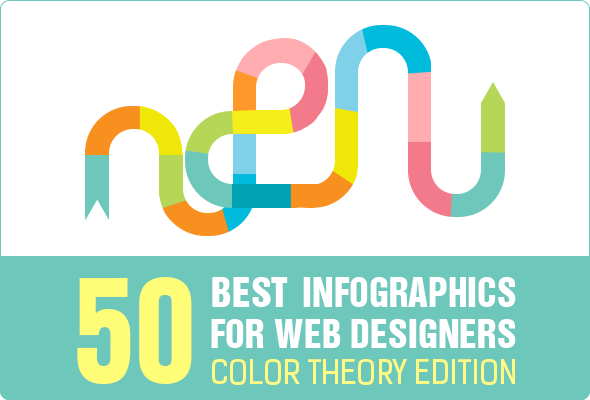The Evolution Of Internet Site Layout: From Past To Existing
The Evolution Of Internet Site Layout: From Past To Existing
Blog Article
Material Develop By-Solis Vinson
In the past, internet sites were simple and focused on info. Navigation was direct, and layout was for desktop computers. Now, individual experience is vital. Data guides styles for very easy navigating. Receptive designs fit various devices. managed word press hosting , dark setting minimizes stress, and minimal food selections boost navigating. Interactive attributes engage individuals, and bold visuals stand out. AI integration increases involvement. See how style has evolved to improve your on the internet trip.
Very Early Days of Website Design
In the very early days of website design, simplicity preponderated. Web sites were standard, with restricted shades, font styles, and formats. seo google expert got on supplying information as opposed to fancy visuals. Users accessed the net via slow dial-up links, so rate and functionality were key.
Navigation menus were straightforward, usually situated on top or side of the web page. Sites were developed for home computer, as mobile browsing wasn't yet prevalent. Content was king, and developers prioritized very easy readability over intricate design aspects.
HTML was the main coding language made use of, and designers needed to work within its restrictions. Animations and interactive attributes were minimal compared to today's requirements. Internet sites were fixed, with little dynamic material or tailored individual experiences.
Rise of User-Focused Layout
With the development of site layout, a change towards user-focused style concepts has ended up being increasingly noticeable. Today, developing internet sites that prioritize user experience is vital for engaging site visitors and achieving business objectives. User-focused design entails understanding the demands, preferences, and habits of your target market to tailor the site's format, content, and includes as necessary.
Developers currently conduct detailed research study, such as user surveys and use testing, to collect insights and feedback directly from customers. This data-driven method assists in producing user-friendly navigating, clear calls-to-action, and aesthetically attractive interfaces that reverberate with site visitors. By putting the user at the facility of the style process, web sites can provide a much more tailored and enjoyable experience.
ada accessibility for websites has also become a crucial aspect of user-focused layout, making sure that sites are optimized for numerous devices and screen dimensions. This versatility enhances ease of access and use, catering to the diverse methods users connect with internet sites today. Basically, the rise of user-focused design represents a shift towards creating electronic experiences that focus on the demands and assumptions of the end customer.
Modern Trends in Website Design
Check out the most recent patterns forming web design today. One famous pattern is dark mode layout, using a streamlined and modern-day appearance while minimizing eye stress in low-light settings. Another vital pattern is minimalist navigation, streamlining food selections and enhancing user experience by concentrating on essential elements. Including micro-interactions, such as computer animated buttons or scrolling effects, can produce an extra appealing and interactive internet site. Receptive layout remains essential, guaranteeing smooth individual experiences across different gadgets. In addition, making use of bold typography and unbalanced layouts can include aesthetic passion and accentuate details material.
Incorporating AI modern technology, like chatbots for consumer support or individualized suggestions, enhances customer engagement and improves processes. Ease of access has also become a substantial pattern, with designers focusing on comprehensive design methods to cater to diverse individual requirements. Embracing sustainability by enhancing website efficiency for speed and effectiveness is an additional emerging trend in website design. Working together with user comments and data analytics to iterate and improve layout continually is necessary for remaining pertinent in the ever-evolving digital landscape. By embracing these modern trends, you can create an aesthetically appealing, user-friendly site that resonates with your audience.
Verdict
As you reflect on the development of site design from the very early days to currently, you can see just how user-focused design has actually ended up being the driving pressure behind modern-day fads.
Embrace the trip of modification and adaptation in web design, always maintaining the user experience at the center.
Remain present with the current fads and innovations, and never stop evolving your technique to develop aesthetically magnificent and straightforward sites.
Progress, adjust, and develop - the future of web design remains in your hands.
